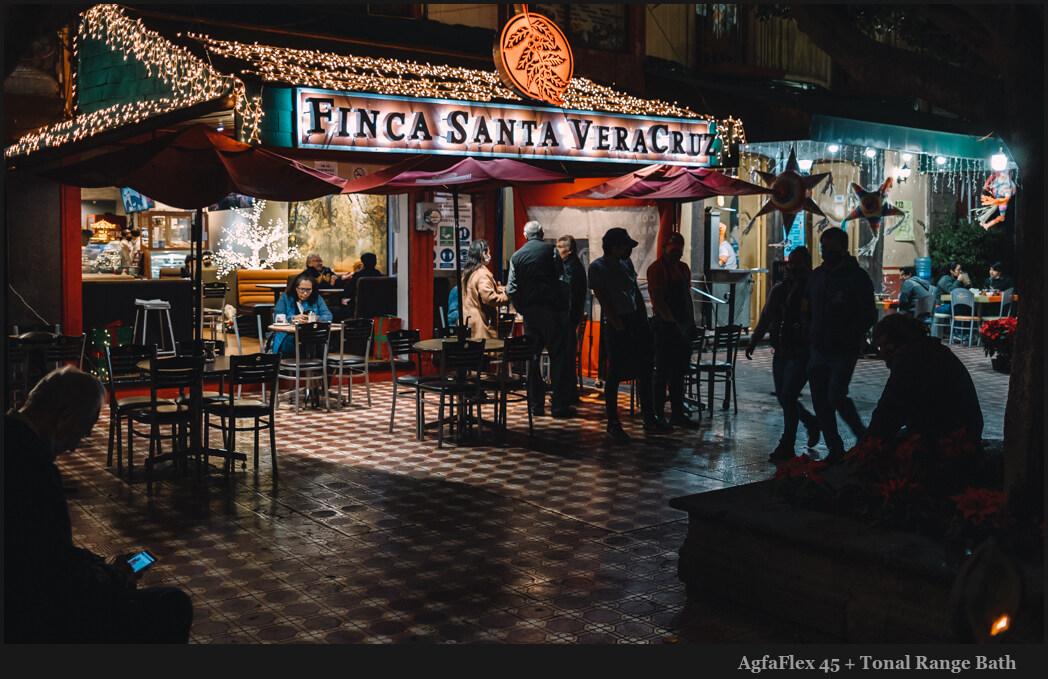Should stop buying Canon cameras, or is this fine?
Canon just pissed a lot of customers off. I don’t think it will make them more money in the end. We have a lot of Canon uses here and I was a huge Canon guy for years. But we have a problem and I want you to tell me what you think.
Companies may be able to make products that “prevent” customers. Like by killing lenses such as the Viltrox 85mm. But ignoring your customer can be a fatal mistake.
That’s what Kodak learned before they went bankrupt in 2012!
A lot of you know me for Lightroom presets, Photoshop actions, and Capture One styles. But you may not know that long before that I had the photo podcast and even now I do a lot of non LR/PS videos on my YouTube channel.
Kodak is perhaps one of the greatest marketing lessons in modern history. They were KING of moments for a century. They invented the digital Camera. Then tried to snuff it. By being out of touch with their market, Kodak fell from nearly 150,000 employees in the 80s and 16 BILLION in sales in 1996, to Bankrupcyin 2012..So how does that relate to Canon?
I’m going to talk about that AND show you why the expensive lens is not always the one you need in today’s video.
Imagine how the course Photoshop would have been different if they has locked of us creators, plugin developers, and third-party partners in the name of the intellectual property. You would not even be coming here for my Lightroom presets.
Since I’ve commented on Canon for many years and seen this arc. The truth is Canon is no longer king and they are lashing out! So I thought I would make a video and share of a few of those stories and what has led us to this Canon fiasco. I hope you’ll share your thoughts in the comments here or on my channel.
Respecting customers is first.
I don’t have a Viltrox lens myself as of writing this. But if you use my products you know that despite being a one-man band, I work hard to make sure customers are happy. Because without customers your intellectual property, your marketing. your tech is pretty much useless.
There’s nothing wrong with Canon cameras. or third-party lenses What’s wrong is Canon! Now Canon is about to find out if their customers will allow themselves to be treated this way.
Gavin Seim

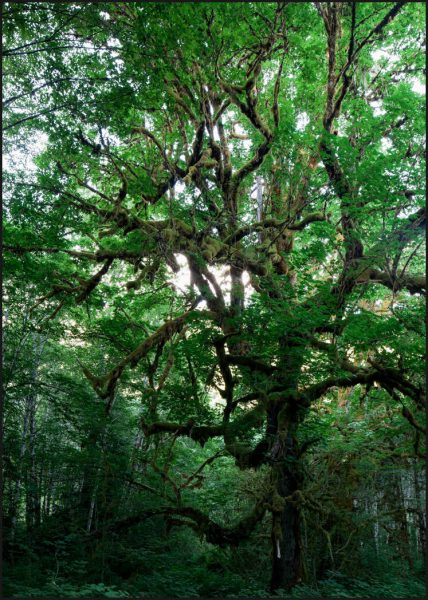
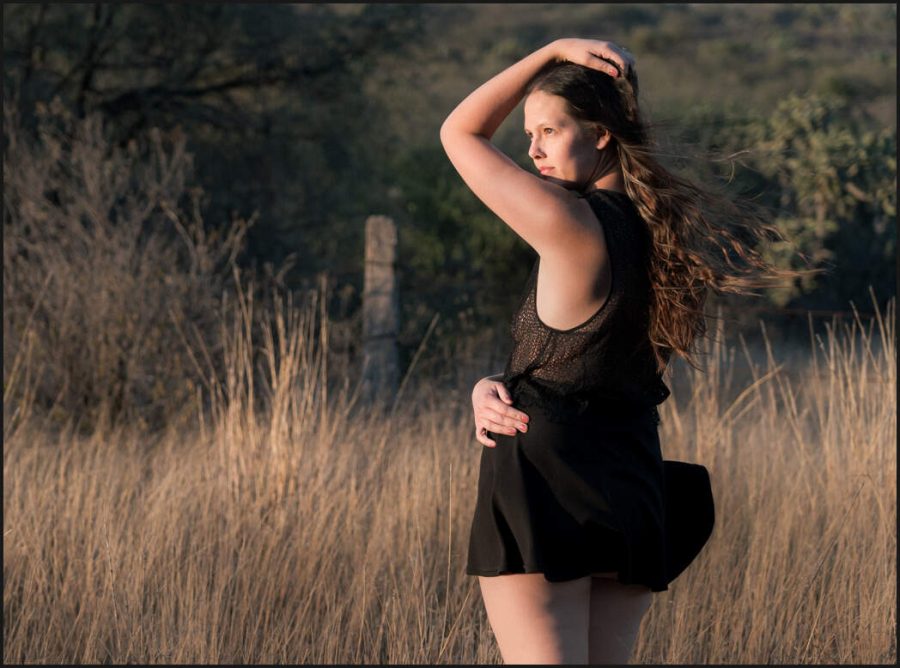
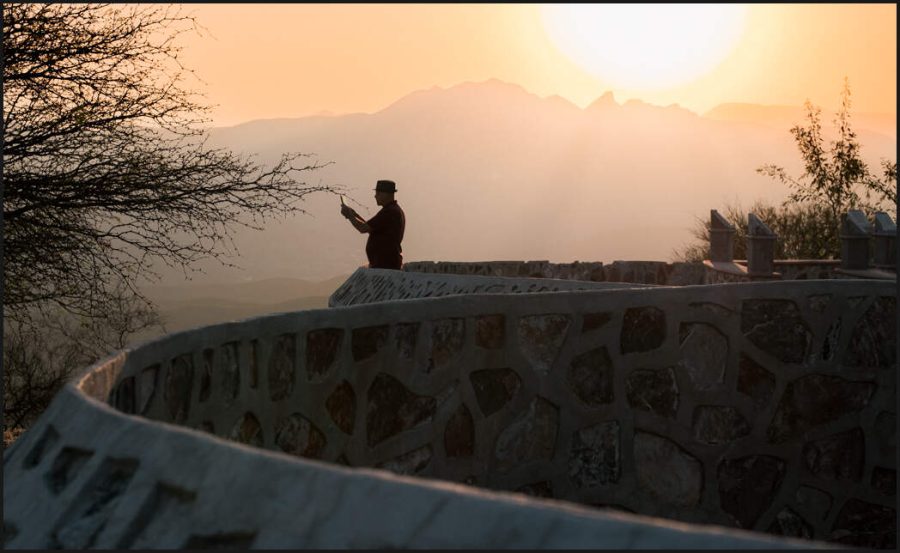
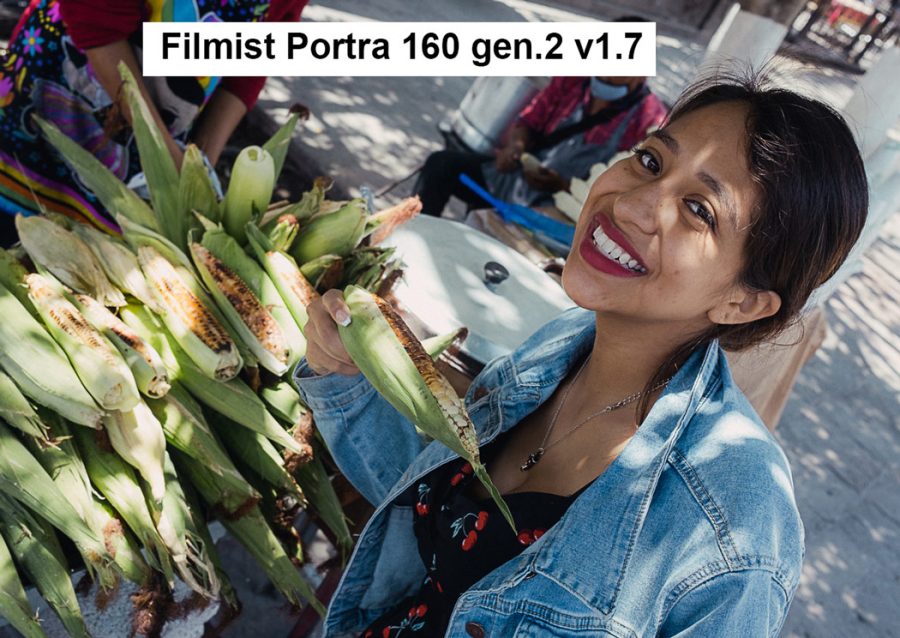
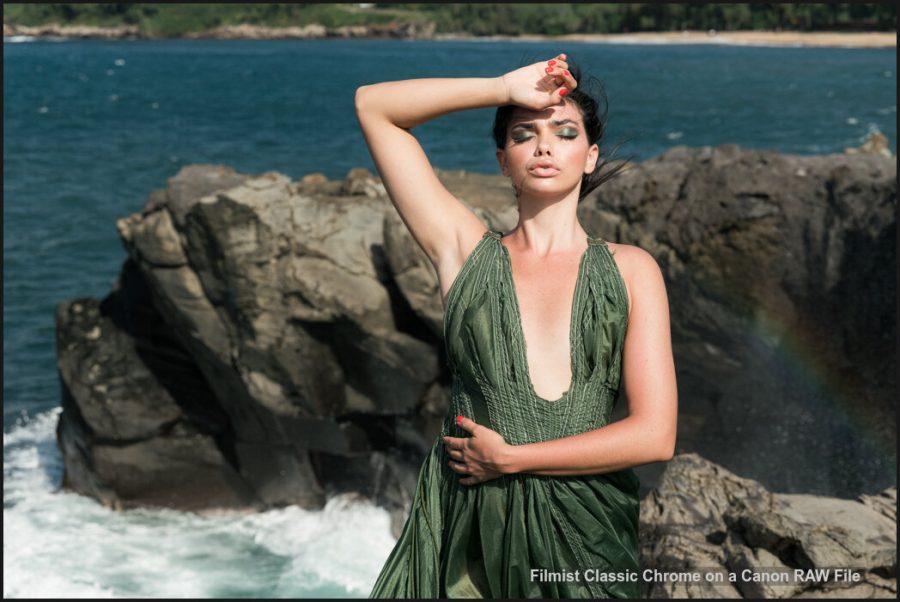
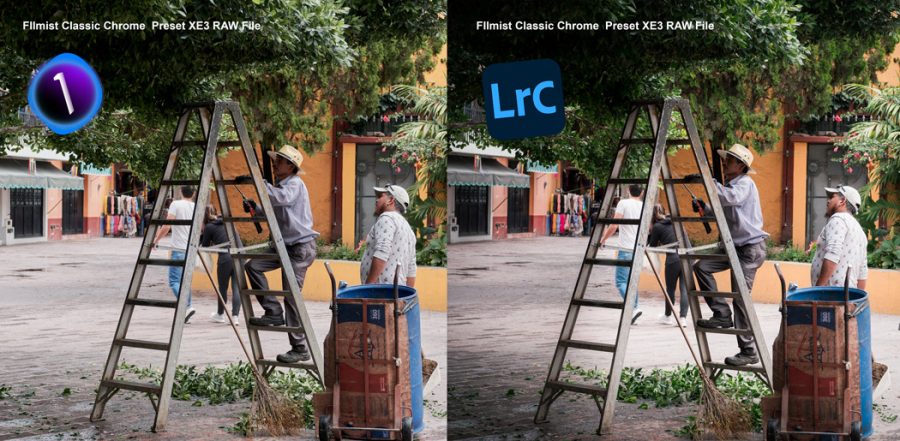
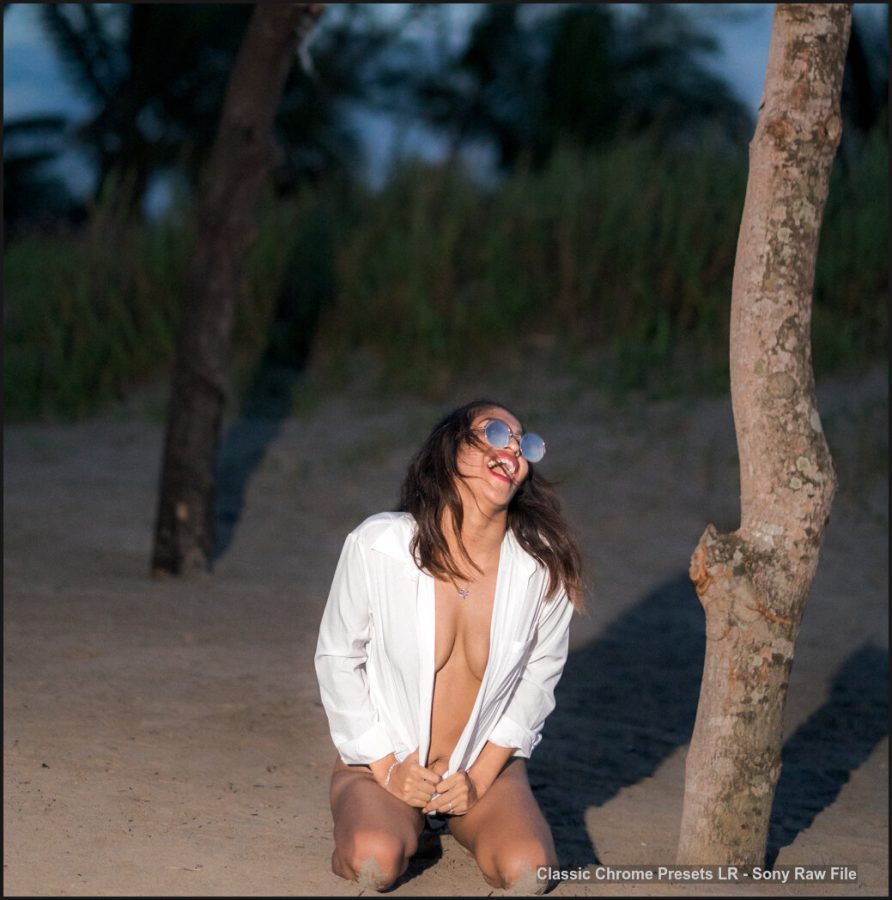
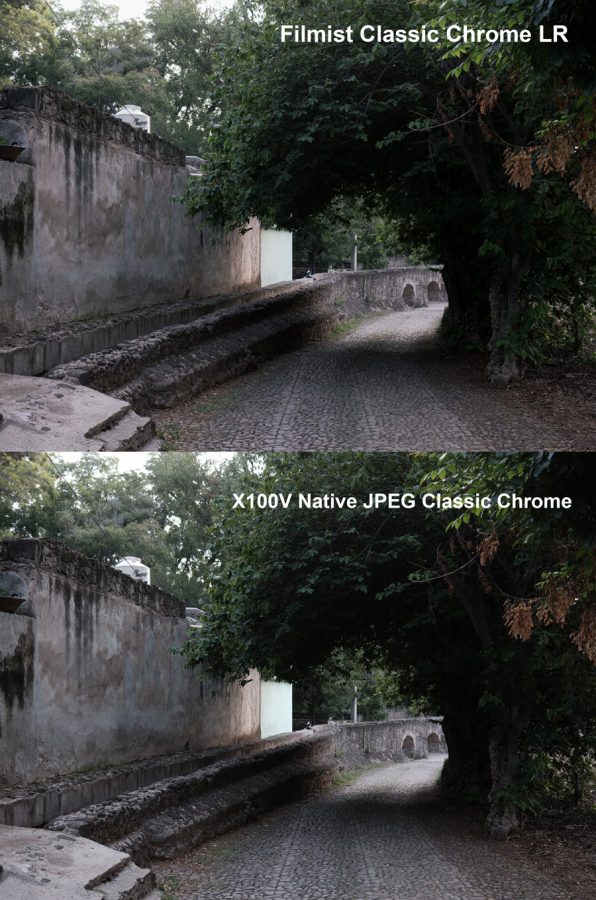
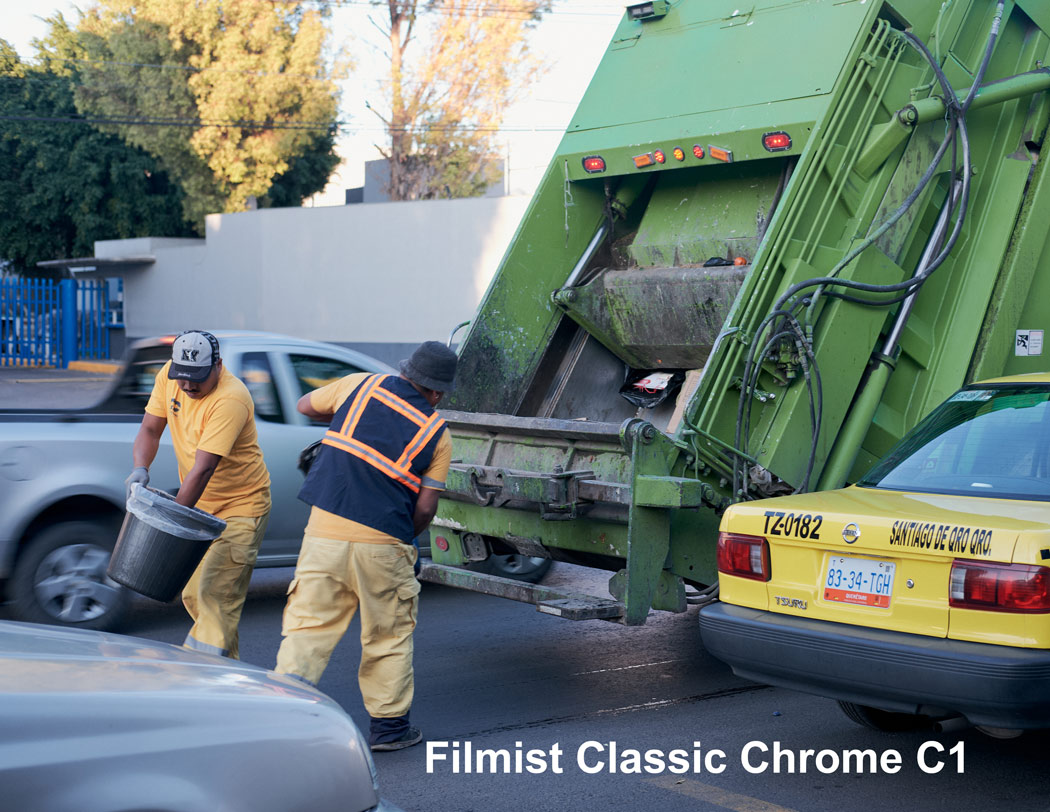
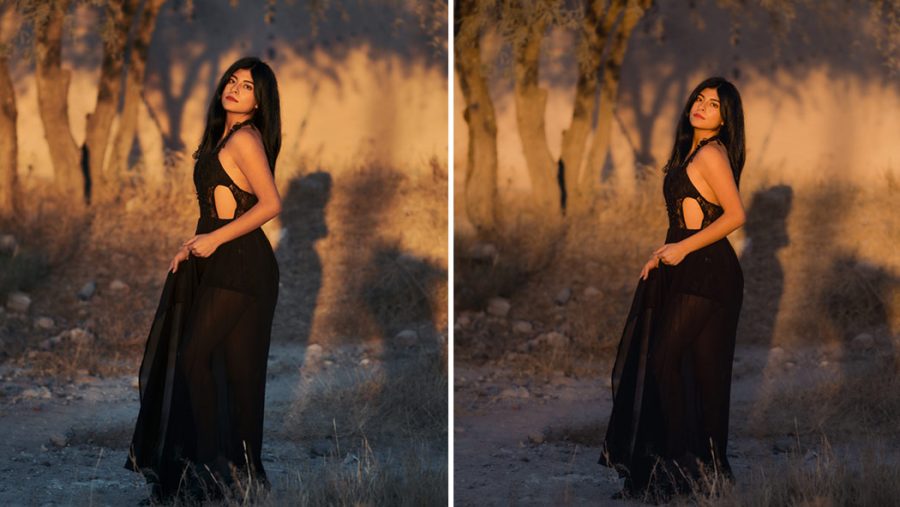
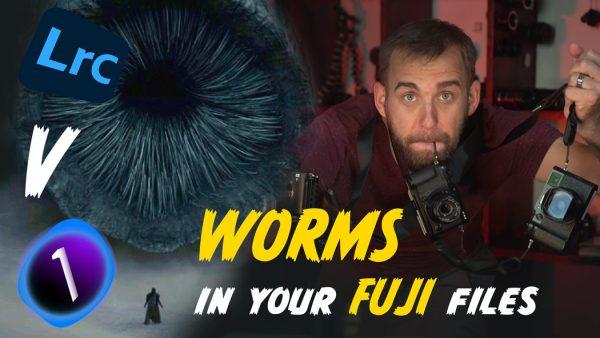
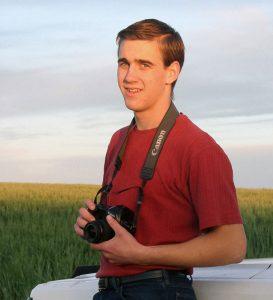 This was me in the early 2000’s with my prized EOS 3.
This was me in the early 2000’s with my prized EOS 3.